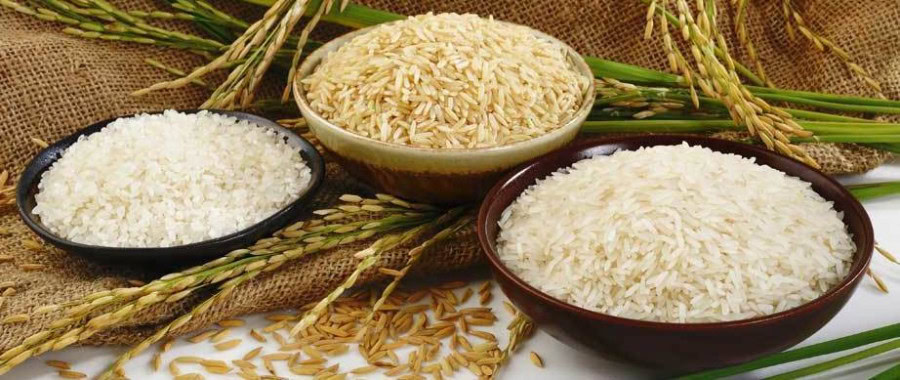The world rice price index of the United Nations Food Agency (UNFA) experienced a notable 2.8 percent rise in July, as compared to June, reaching the highest level recorded in almost 12 years.
The overall world food price index also notably rebounded in July after experiencing two-year lows, said a UNFA report issued here.
This hike in prices was mainly driven by excessive demand in key exporting countries and India’s decision to restrict its rice exports, it said.
The Food and Agriculture Organisation’s All Rice Price Index (ARPI), that tracks rice prices among major exporting nations, estimated an 2 points.
Likewise, the score from July was much higher, nearly 20 percent, than the same adjacent period in the previous year, reaching 108.4 points, marking the highest level since September 2011, the report reads.
It is worth mentioning here that India, being a key player in the global rice market provider, with 40 percent of world rice exports, restricted its largest rice export category to stabilise domestic prices that had increased to multi-year-highs due to unpredictable weather and floods affecting production.
Countries such as Pakistan, Vietnam, Thailand, and Cambodia are also prominent rice exporters, while China, Benin, Philippines, Senegal, Malaysia and Nigeria remain key importers of the food staple.









